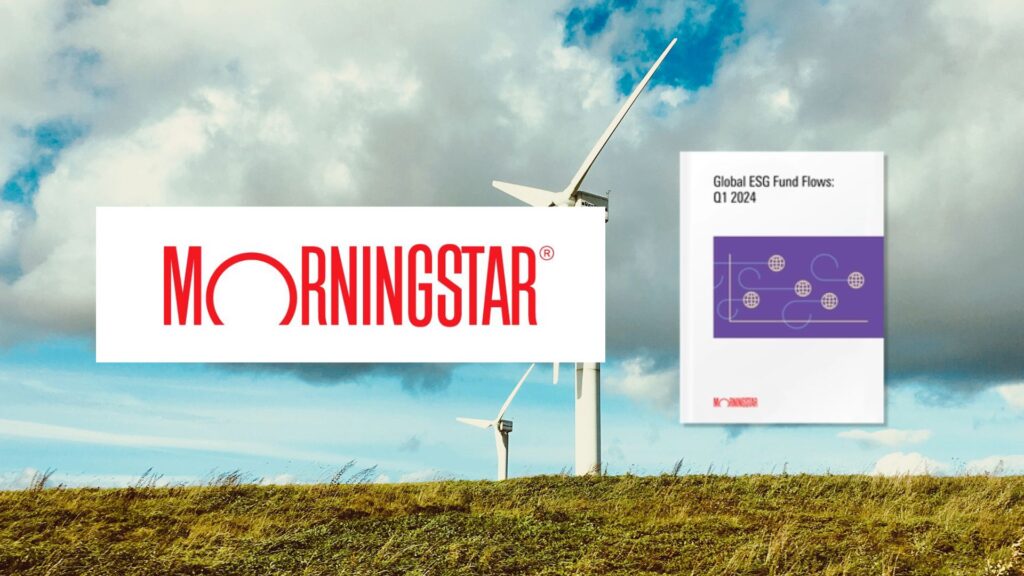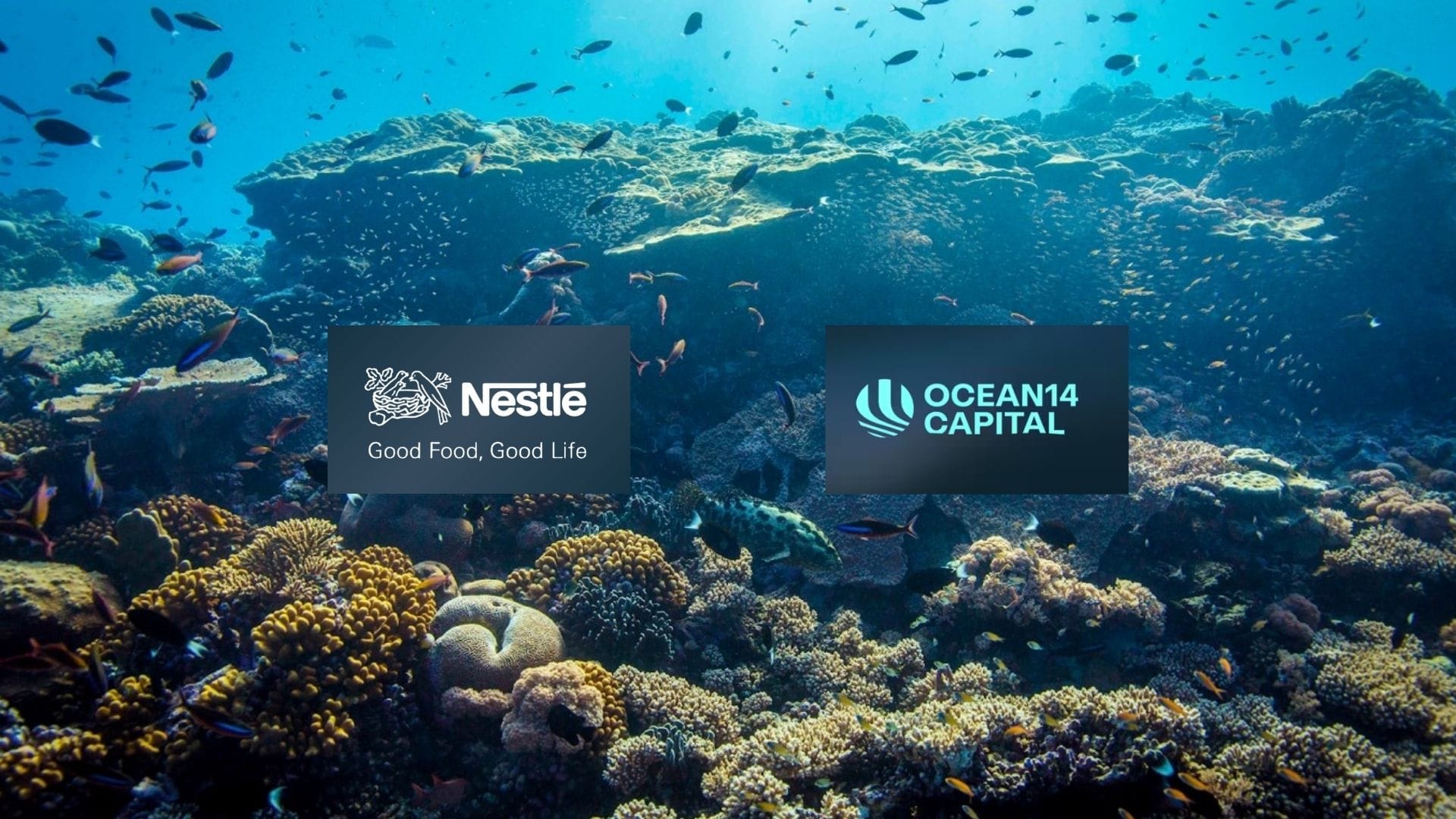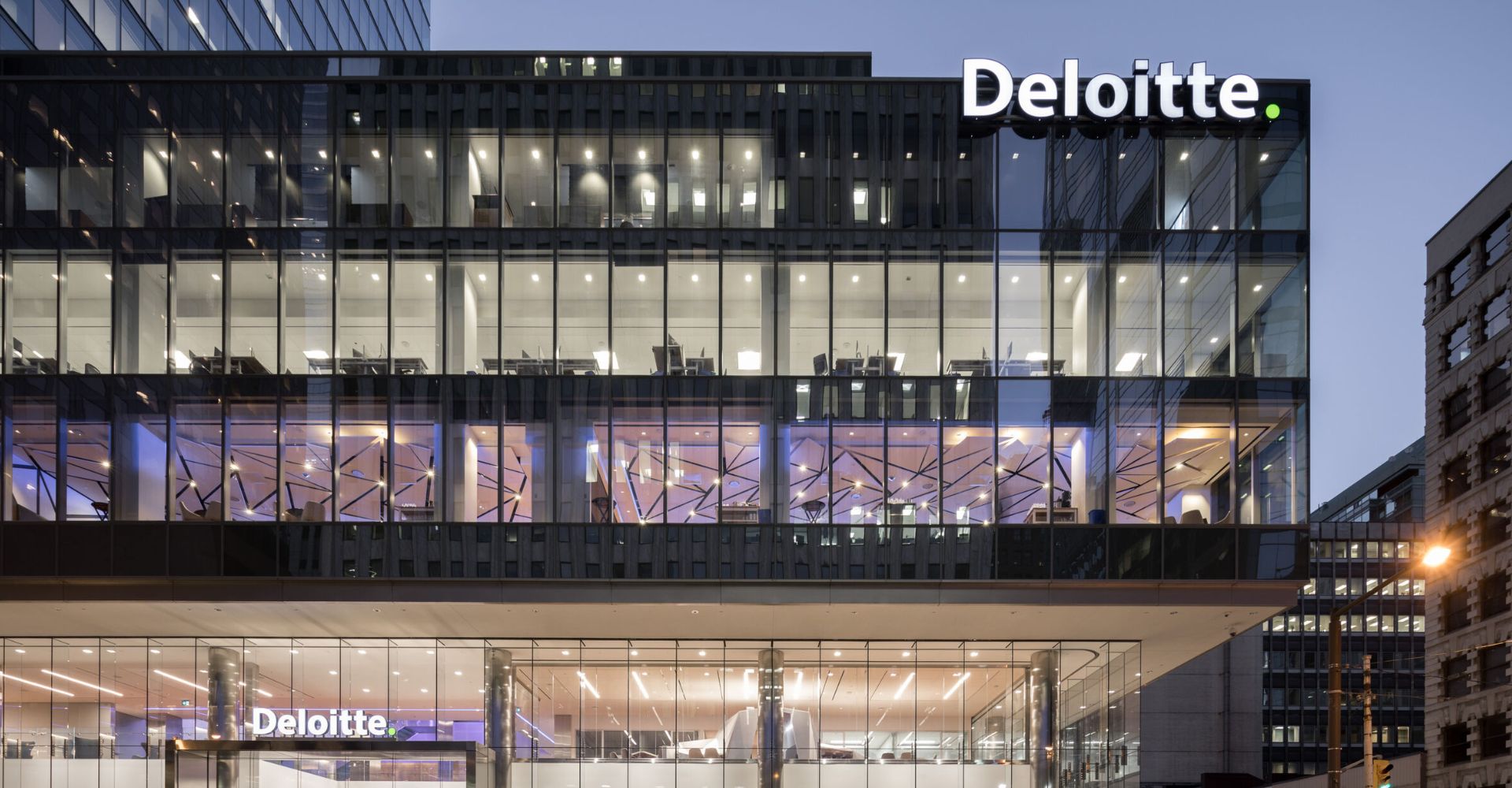Morningstar Report Reveals Record $8.8 Billion pulled from US Sustainable Funds in Q1

|
Listen to this story:
|
The first quarter of 2024 has been a period of notable shifts in the landscape of global sustainable funds. Amidst varied economic signals and evolving regulatory frameworks, these funds have collectively managed to attract nearly USD 900 million in net new money, marking a significant recovery from the minor outflows in the previous period. Morningstar’s document provides a detailed exploration of these dynamics across different regions, highlighting the trends in fund flows, asset distributions, and new launches.
Global Overview
- Net Flows: According to Morningstar, “In the first quarter of 2024, the global universe of sustainable funds netted close to USD 900 million of inflows, compared to a small outflow of USD 88 million in the fourth quarter of 2023.” This rebound reflects a renewed investor interest in sustainable investing.
- Total Assets: Morningstar reports that assets in global sustainable funds increased by 1.8% to just under USD 3 trillion. The growth was primarily “supported by stock price appreciation,” underscoring a positive market environment for these assets.
- Fund Launches: The quarter saw a continuation of the trend with only 97 new sustainable fund launches, indicating a “downward trajectory” in product development in the sustainable sector, as noted by Morningstar.
Detailed Regional Analysis
Europe
- Inflows: Morningstar observes that European funds experienced “almost USD 11 billion of inflows, more than double the subscriptions of the previous quarter,” demonstrating robust demand for sustainable investment options in this region.
- Asset Focus: Despite significant inflows, Morningstar notes that active strategies in Europe continued to face outflows, especially from equity-focused and allocation funds, whereas passive funds garnered more interest, reflecting a “continued preference for passive strategies.”
- Market Dynamics: The complexity of the European market is evident as investors navigate through “ongoing inflationary pressures and uncertainties around interest rates.”
United States
- Outflows: The U.S. market faced its “worst-ever quarter with record redemptions of USD 8.8 billion,” as reported by Morningstar. This dramatic outflow can be attributed to a mix of factors including political and market volatility which has affected investor confidence.
- Asset Concentration: Morningstar highlights that there was a high concentration of assets in a small number of funds, especially ETFs, which saw significant withdrawals, heavily influencing the overall figures for the region.
Asia-Pacific (Excluding Japan)
- Mixed Performance: “Inflows in the rest of the world were subdued,” Morningstar reports, with the Asia-Pacific region, excluding Japan, showing only marginal gains. Japan, in contrast, saw outflows, highlighting varied regional dynamics within Asia.
Canada
- Recovery in Flows: Canadian funds saw “a rebound with inflows of USD 188 million,” though these figures still represent a downturn from the flows seen in previous years, as per Morningstar.
- Asset Growth: The slight growth in assets was bolstered by positive market performance rather than substantial inflows, indicating a cautious investor approach in this market.
Australia and New Zealand
- Stable Inflows: This region saw “a very meager USD 26 million of combined inflows,” with a clear preference for passive strategies, suggesting cautious optimism among investors in these markets, according to Morningstar.
Key Trends and Issues
- Economic and Market Conditions: Morningstar emphasizes that the broader economic indicators such as interest rates and inflation continue to play a significant role in shaping the sustainable funds market, affecting “investor sentiment and fund performances.”
- Regulatory Changes: Morningstar points out that “significant regulatory developments are reshaping the sustainable funds landscape,” particularly in Europe and the U.S., which are influencing how funds operate and market themselves.
- Investor Preferences: The shift towards passive investment strategies is evident, driven by “the relative cost-effectiveness of passive funds and their competitive performance compared to active strategies,” Morningstar notes.
Related Article: Morningstar Sustainalytics Report Challenges Perception of Global Utility Industry
Conclusion and Outlook
Morningstar concludes that the sustainable funds market is expected to continue growing, driven by enduring investor interest in ESG criteria. However, this growth trajectory is likely to be influenced by ongoing economic uncertainties and the impending regulatory changes that might “redefine fund strategies and investor preferences.” The current landscape suggests a need for both fund managers and investors to remain flexible and well-informed to navigate the future complexities of sustainable investing effectively.
View Full Report










